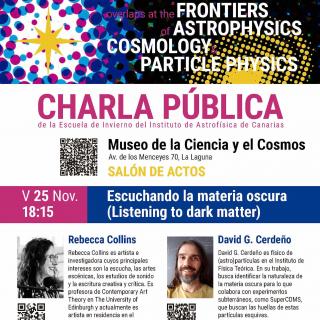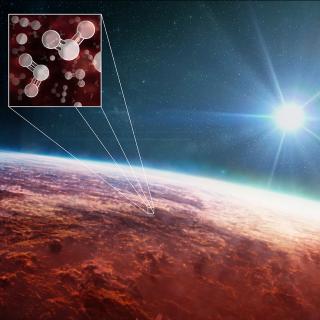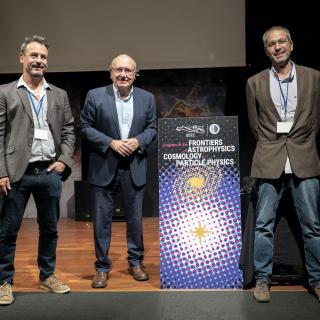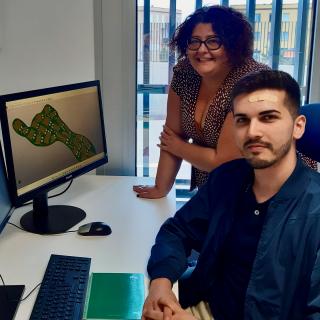
Tomorrow, Friday 25th November at 18.30, will take place the public lecture “Listening to dark matter”, in which the mystery of dark matter will be approached from the perspective of Physics and Art. The rendezvous is at the lecture theatre of the Museo de la Ciencia y el Cosmos, La Laguna (Tenerife). Rebecca Collins, of the University of Edinburgh and the Instituto de Física Teórica (Universidad Autónoma de Madrid), and David G. Cerdeño of the Instituto de Física Teórica (Universidad Autónoma de Madrid), will give this public lecture on the occasion of the XXXIII Canary Islands Winter
Advertised on




